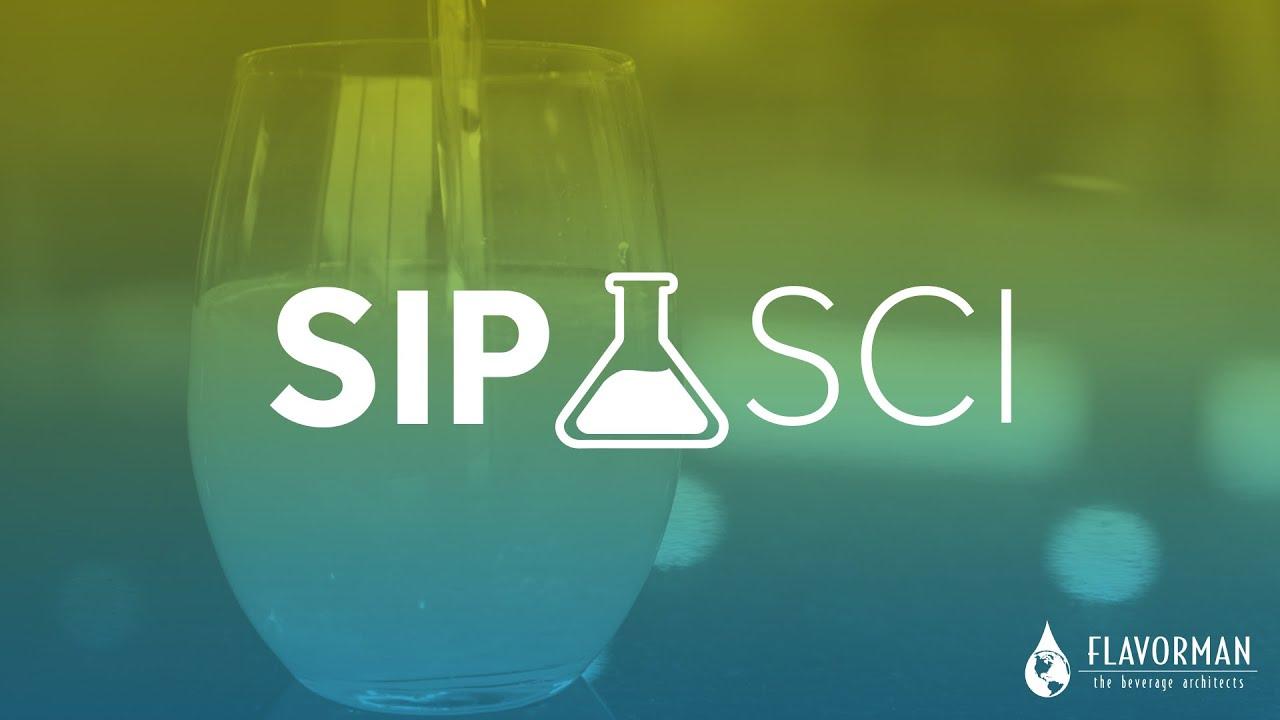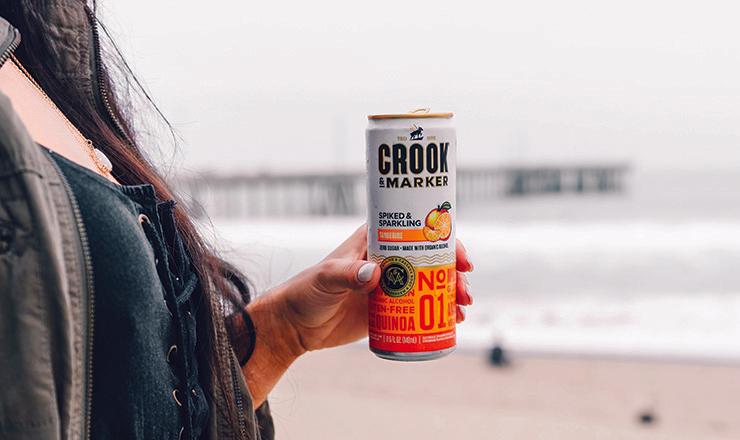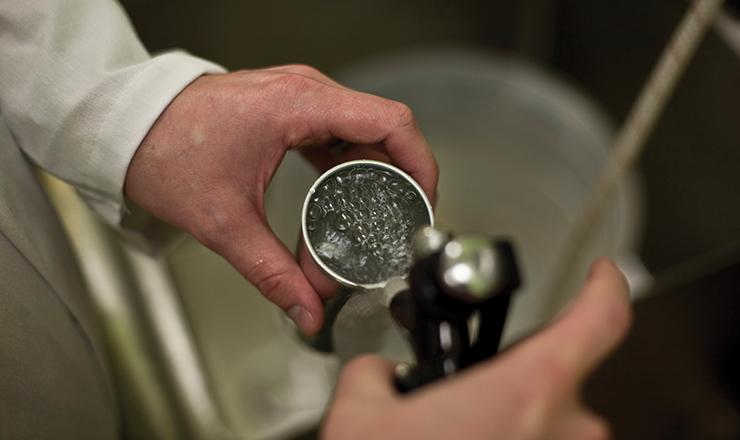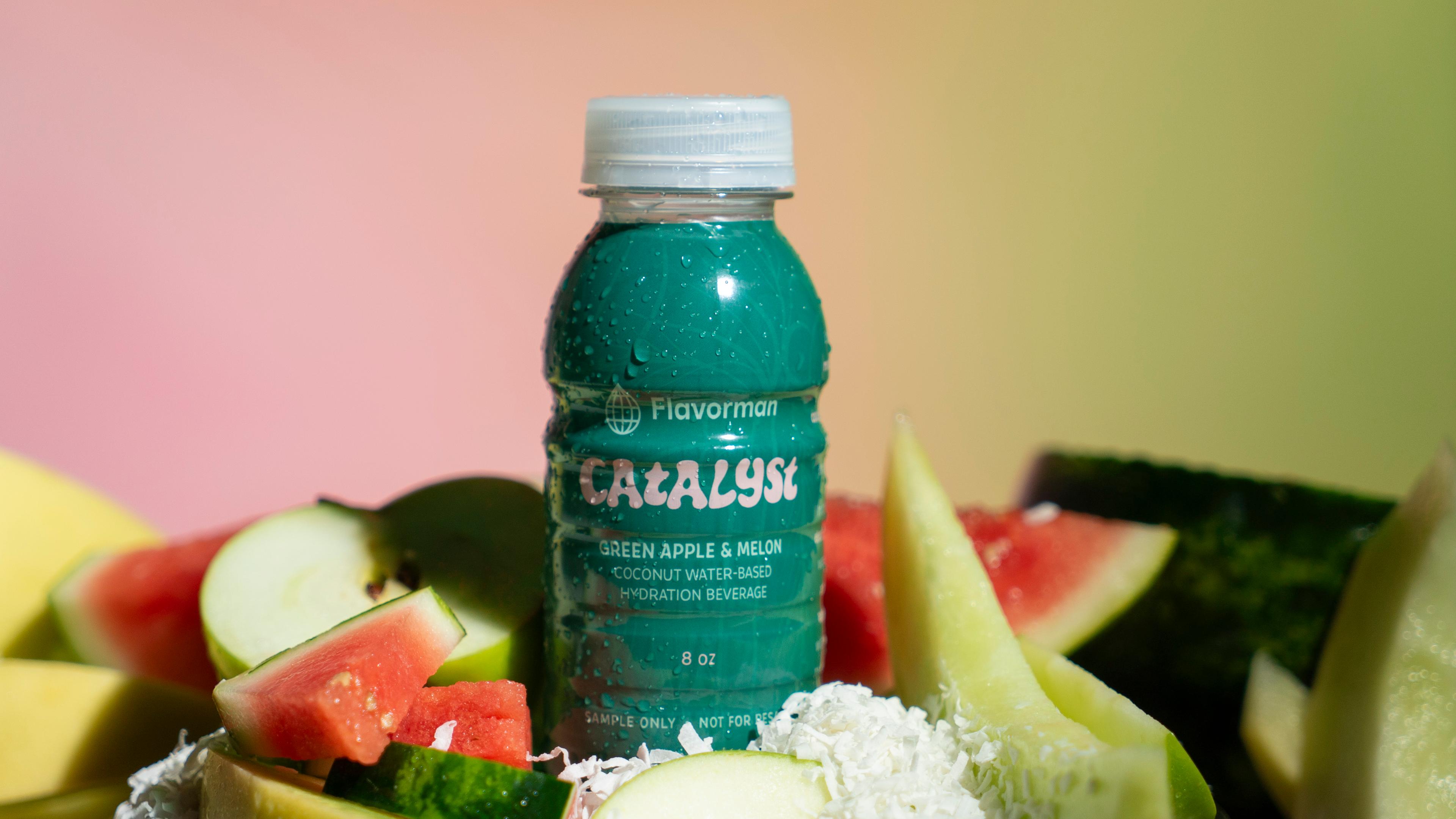
The Rise of Hard Seltzer
video
Here's what you need to know about the fastest growing beverage alcohol segment.

Hard seltzers are one of the fastest growing segments of the past year. With no signs of slowing down, the hard seltzer category is expected to grow from a $1.75 billion in 2019 to $4.7 billion in 2022. Their explosion into the mainstream has created room for companies — big and small — to cash in on the buzz. But where and how did the concept for hard seltzers evolve? And why is it so popular among consumers today?
It all starts with the emergence of the wine cooler in the 1980s. The California Cooler, a sangria-like beverage sold in 12-oz glass bottles, inspired an "alternative beer" category as companies sought to better serve consumers looking for the convenience of a beer, but without beer's taste.
Eventually, wine coolers would open the door for other new drink styles, like Jack Daniel's Country Cocktails — one of the first drinks of its kind to be canned. Ironically enough, beverage development expert David Dafoe, founder & CEO of Flavorman, was involved in the creation of both products.
As the alternative beer category matured throughout the 1990s and beyond, sub-categories began to develop. Hard lemonades, sodas, and eventually seltzers each found their place in the expanding alcoholic beverage market.
Arguably the first hard seltzer was Zima. This clear, lightly carbonated and lemon-lime flavored malt beverage was introduced in 1993. It became very successful with young women in particular, and throughout its 15-year lifespan, additional citrus and fruit flavors were added. By 2008 however, it was discontinued, possibly in part from increasing competition paired with its stigmatized reputation as a "girly" drink. It wouldn't be until 5 years later that hard seltzers would see their next evolution.
In 2013, Dave Holmes and Nick Shields began brewing Spiked Seltzer, a hard seltzer from fermented sugar. Today, you might recognize the brand as Bon & Viv. By 2015, the beverage had started to gain ground. The company sold 250,000 cases that year as consumers became more educated on hard seltzers and non-alcoholic seltzers, alike.
Later, growing awareness of the adverse health effects of sugary sodas and juices helped fuel seltzers rise to fame. Since then, both alcoholic and non-alcoholic seltzers continue to be popular among consumers seeking "better-for-you" ingredients, as well as low-calorie, low-sugar, and low-ABV options.
Rather than becoming a statement about the drinker's masculinity or femininity, seltzers have ultimately grown to represent a commitment to a healthier lifestyle. Seltzers offer consumers a way to guiltlessly enjoy something light and bubbly, with refreshing flavors to boot. And if they can get a little buzz while doing it, we'll that's all the better.

As consumers continue to reach for better-for-you beverages, the sophisticated flavor combinations, "clean-label" feel, and lower ABV offered by hard seltzers has allowed the category to enter into the spotlight once again. So while new brands are popping up every day, it is important to recognize that hard seltzers are not all made in the same way. Today's hard seltzers can be produced using one of three methods: malted-barley fermentation; sugar fermentation; or use of a neutral spirit.
A malted-barely fermentation is part of process used to make traditional beers. Malted barley is cooked in water to release sugars, then the mixture is strained to remove the grain. Yeast is added to the mixture to convert the sugar into alcohol, creating what is commonly known as a neutral malt base.
In a hard seltzer, the natural flavor of the malt base may be harder to mask. Using a malt base also requires the producer to adhere to stricter guidelines from the Alcohol and Tobacco Tax and Tax Bureau or TTB. For these reasons, sugar fermentation provides another more popular option.
Brewing sugar beer involves almost the exact same process as a malt base, except without the cooking process. This base has many advantages including its clear color and neutral taste. It's also gluten-free and allows producers to avoid additional regulations from the TTB. Instead of having to wait for a label approval for example, companies simply need to abide by the US Food & Drug Administration standards. This is how most of the major hard seltzer brands produce their products.
The third and final method involves using a neutral spirit, like vodka. This is generally more expensive, but can differentiate a product and make it appear more premium. Adding flavor and color to a neutral spirit is also very easy to do.
Flavorman has been developing hard seltzers using all three of these methods for years, helping brands bring consumers the convenience of a ready-to-drink product, but with high-quality spirits, flavors, and ingredients. Whichever style of seltzer you prefer, it's clear they all share the qualities of being refreshing, bubbly, and flavorful. As innovative new spins on hard seltzers emerge, this category is sure to continue to change what the world is drinking.
Have a great seltzer idea? Flavorman can help you bring it to life! Get started by filling out this form or giving us a call at (502) 273-5214.

video
Here's what you need to know about the fastest growing beverage alcohol segment.

blog
2024 was full of highs, lows, and lifelong memories. To tie it all together, we found that friendship and community are the sources of energy needed to catalyze our success in 2025. This is why we’re thrilled to introduce Catalyst as the Beverage of 2024!

blog
Join us as we unveil a selection of our Beverage Architects' cherished cocktails (including one delightful mocktail) guaranteed to captivate the night.